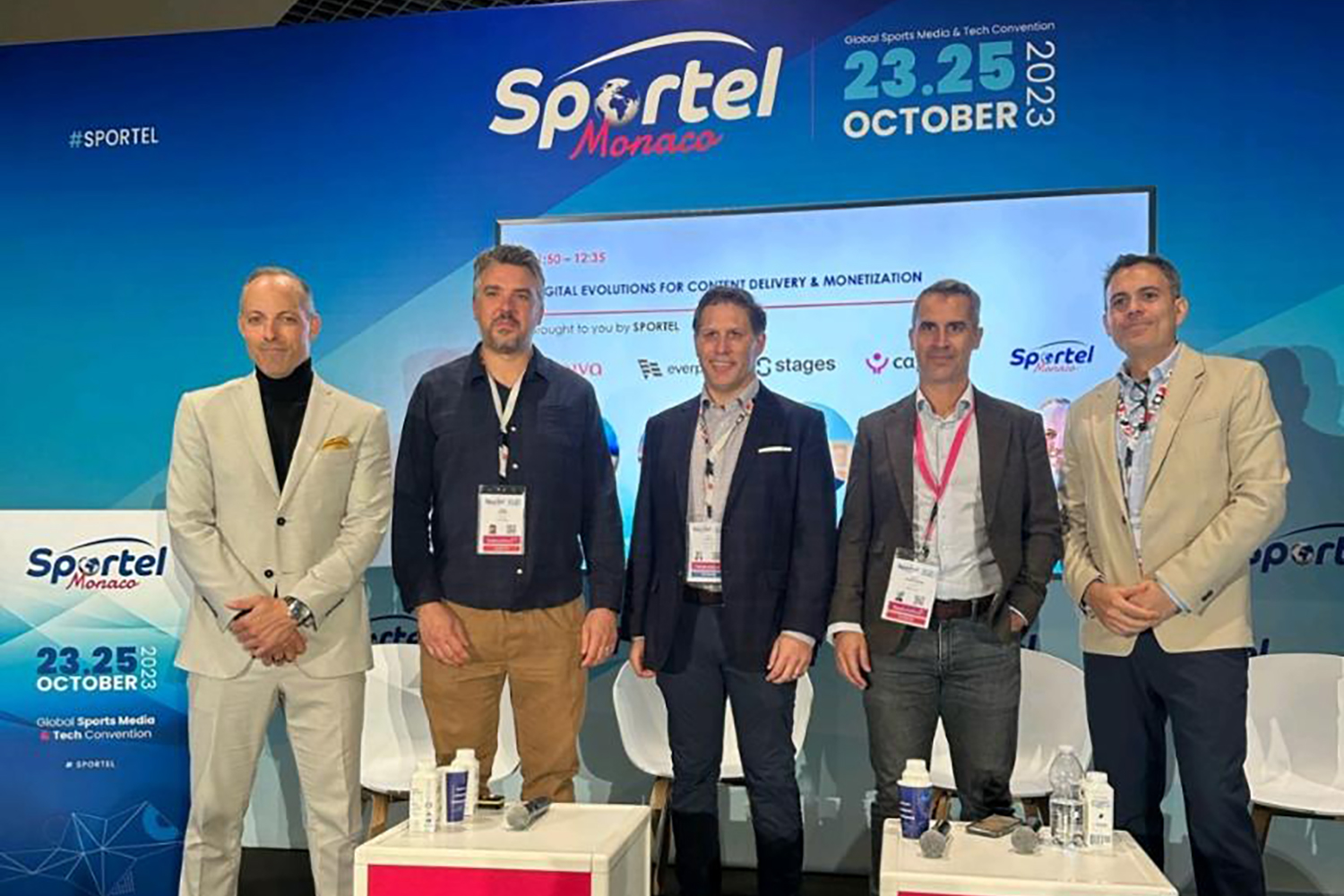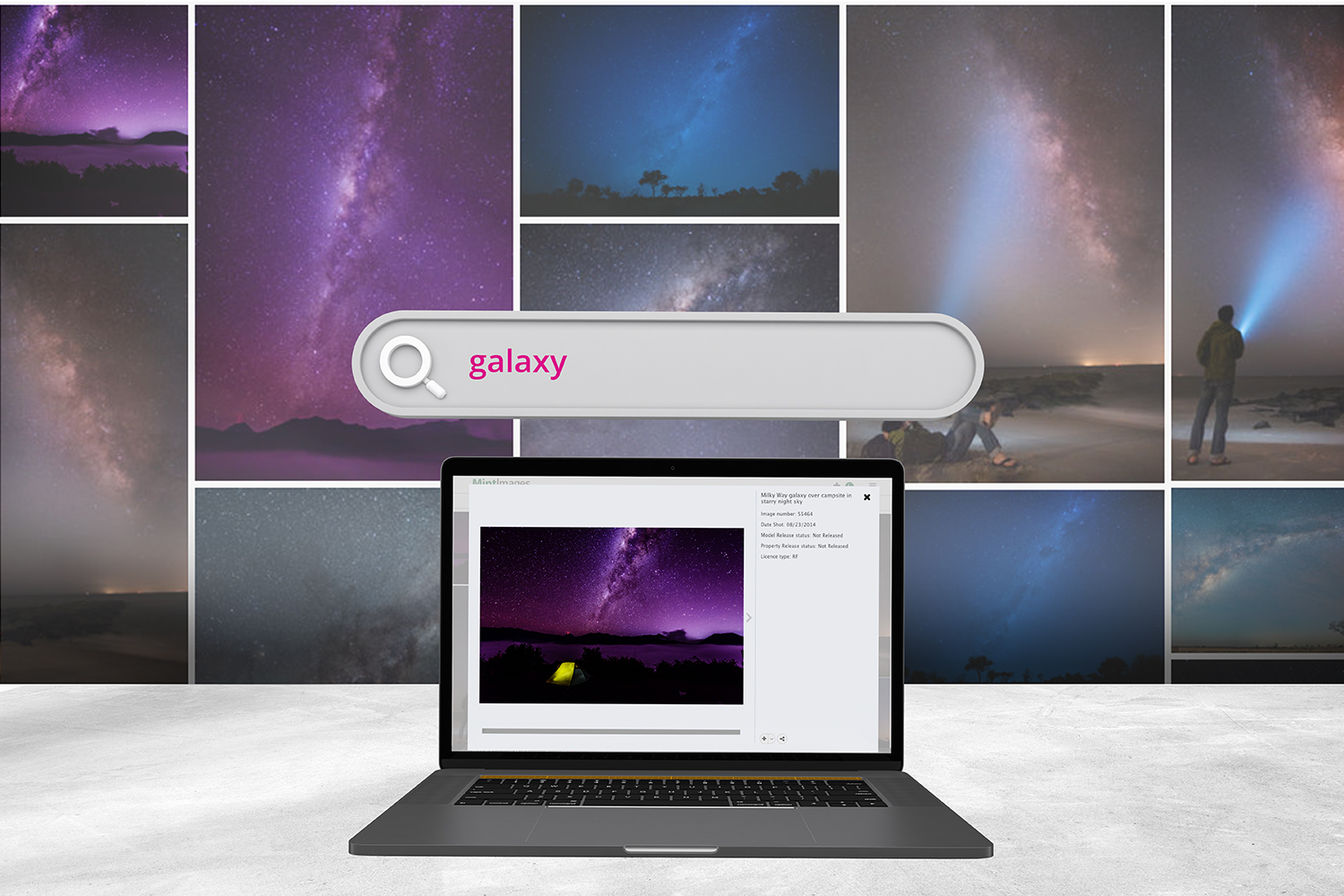Every day, over 95 million photos and videos are shared to Instagram.
That’s almost 35 billion pieces of online content created in the space of a year – and this only accounts for one platform.
If that wasn’t mind-boggling enough, at the recent IPTC Metadata Conference, held at CEPIC Congress it was reported that a whopping 80% of images today are taken on mobile phones.
Be it our outfit of the day, a snapshot of our lunch, photos of our pets or pictures from events, we’re constantly filling the internet with content. Digitally savvy as we are, we know that the best chance we have of getting our content noticed by the right people is to make it as discoverable as possible.
The solution? Metadata.
Whether for our personal or professional channels, we add hashtags to our posts that correspond with the nature of the content. Be it #KeepFit, #Coffee or #MondayMotivation, we provide useful data to help categorise our content and signal to searchers the relevance of our digital assets.
To enhance visibility, we might also tag our location. In doing so, we make it as easy as possible for people interested in a particular subject to find our posts.
Yet, when it comes to content created in the workplace, this helpful behaviour seems to fall away.
What is metadata?
Metadata is the set of data that sits alongside digital content, providing critical information about an image or video so that it can be found by both man and machine with ease.
There are 3 main categories of metadata:
Descriptive
This provides information about the visual content itself such as any products displayed, people involved, or activities shown. It typically includes a headline, a caption and keywords that relate to the asset.
Administrative
Administrative information includes the date of creation along with the location and any instructions for the users as to how the image, graphic or video can be used.
Rights
Rights information details specific usage terms and other data for licencing the use of the image. It identifies the creator, states the copyright information, credits and underlying rights including intellectual property.
Why does metadata matter outside of social media?
Metadata is critical to effective digital asset management.
After all, without metadata, digital content – no matter how exciting, beautiful or engaging – will lurk in the dark depths of the computer, hard drive or archive.
If there is no labelling on the assets – answering the what, where, why, who as we do on social media – how can we expect anyone to find them?
Organisations would be significantly more efficient if colleagues were able to discover and engage with each other’s assets internally. Seamlessly, all appropriate staff could utilise the content for marketing campaigns, brochures or in-house presentations, and publicly website users could quickly access assets to download, share or purchase.
What’s more, as well as a smooth workflow that isn’t held up by assets floating aimlessly in the void, metadata is essential in copyright protection.
Adopting best practice to internal asset management
We understand that being able to search for content via hashtags or location on social media boosts the chances of the content being found because we’ve attached metadata to the post. This same process is happening with content we search for online when using a search engine.
Once metadata has been attached to an asset, we find that…
- The assets will be returned in more search results
- The assets will be returned in accurate search results
- As a result, the assets will be utilised more frequently
- Internally – if assets are discoverable, it saves staff precious hours having to dig around for them, and money by not having to duplicate them
- Publicly – if assets are discoverable, it increases engagement with them, encouraging others to share, download or purchase them.
We clearly understand the importance of labelling content in our personal lives – and are unknowingly experts at it. If only we paid the same attention to assets in the workplace as we do to our social media content, we could probably save ourselves days per year.
Next Steps:
Ready to start taking care of your digital media assets? We are here to help build the case for it. Read our post on how to get a head start on building a compelling case for digital asset management or get in touch with us today to find out what we can do for your organisation.
Related Articles
Sign up to get all the latest news & advice from the team
"*" indicates required fields



